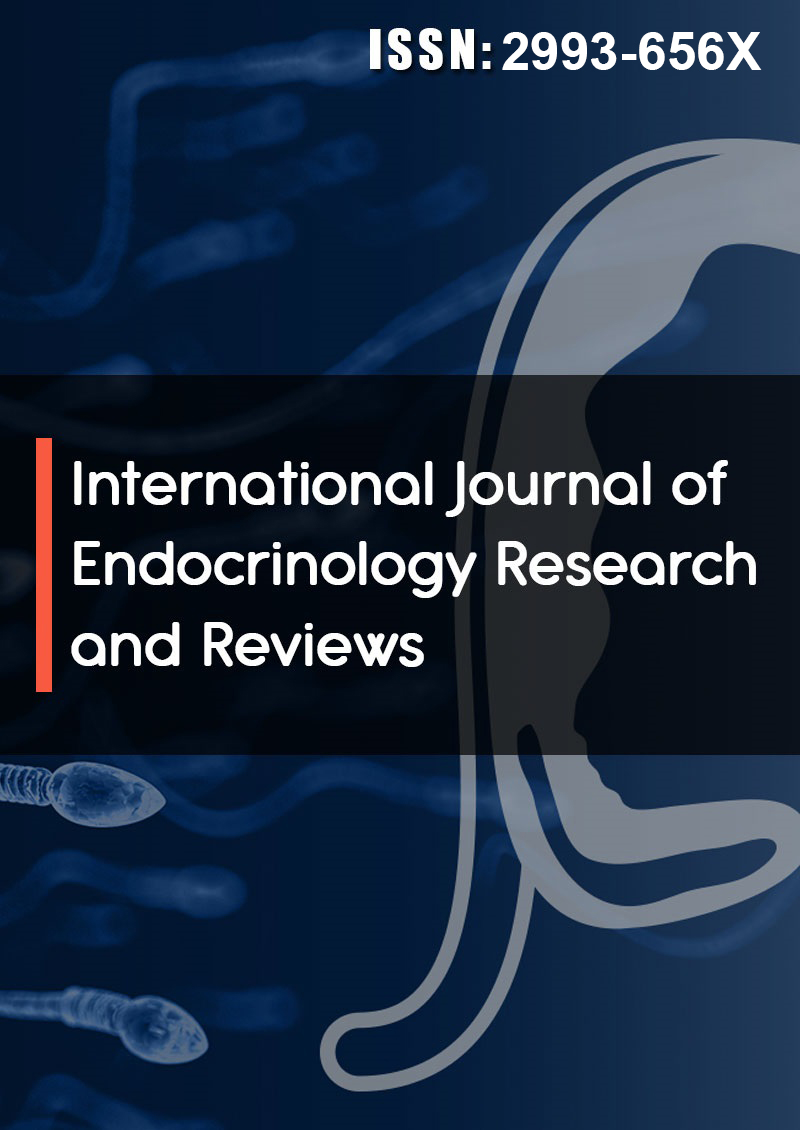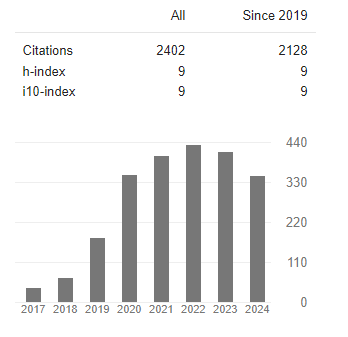Clinical Value of Contrast-Enhanced Ultrasonography In Tiny Nodules Of Thyroid
Abstract
Kun Huang, Xuemei Wang
Purpose: To analyze the accuracy of contrast-enhanced ultrasonography (CE-US) in diagnosing tiny nodules of thyroid. To explore the clinical value of CE-US in the diagnosis of tiny nodules of thyroid.
Methods: Patients undergoing CE-US and ultrasound-guided fine needle aspiration (US-FNA) of tiny nodules (≤1cm) were selected for the study; this included patients with papillary thyroid microcarcinoma (PTMC), nodular goiter (NG) and subacute thyroiditis (SAT). All patients underwent color Doppler ultrasonography (CD-US) after which thyroid image reporting and data system (TI-RADS) grading were done. The results of the CE-US were analyzed using descriptive statistics. The cytopathological results from the US-FNAs were the gold standard used to confirm the diagnoses.
Results: A total of 64 patients were selected for the study. In the PTMC group (n=28), grading was as follows: TI-RADS4a, n=7; TI-RADS4b, n=15; and TI-RADS4c, n=6. More patients showed heterogeneous hypoenhancement (n=25) than heterogeneous isoenhancement (n=3) on CE-US. In the NG group (n=25) grading was as follows: TI-RADS3, n=1; TI-RADS4a, n=18; TI-RADS4b, n=6. One patient showed heterogeneous is enhancement, two patients showed heterogeneous hypoenhancement and 22 patients showed uniform is enhancement on CE-US. In the SAT group (n=11) grading was as follows: TI-RADS3, n=1; TI-RADS4a, n=8; TI-RADS4b, n=2. Fewer patients showed heterogeneous hypoenhancement (n=1) than heterogeneous is enhancement (n=10) on CE-US. The diagnostic accuracy of CD-US + CE-US differed significantly from that of CD-US alone (p<0.05).
Conclusion: CE-US has a high diagnostic accuracy for tiny nodules of thyroid and can be used to identify PTMC, NG, and SAT




